Blog
Africa: East & West/Tour d’Afrique & West Africa en Vélo
If you’re like me, you’ve spent many hours in your life staring at a world map asking yourself what’s hidden in all these countries. You’ve travelled to many countries in different ways and one day you stumble upon the TDA Global Cycling website. Once again, you were facing a world map, but this time it was marked with lines crossing every continent. All these lines seemed intriguing, but one particular continent struck you, because it was mainly unknown to you: Africa. Here’s a post that might help you discover or rediscover it.
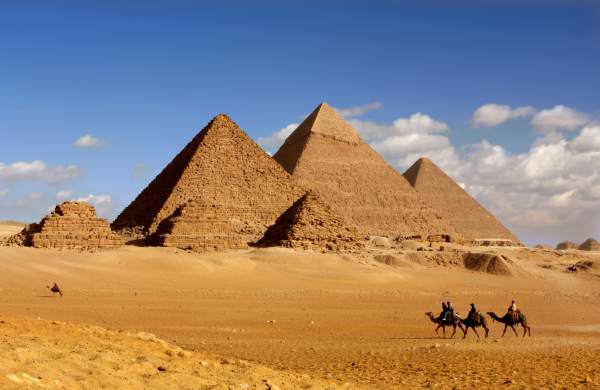
Everyone has heard about Giza’s pyramids and Moroccan beaches, and many among you have been there, but just a few are able to tell you what’s different or similar between Sierra Leone and Malawi, for instance.
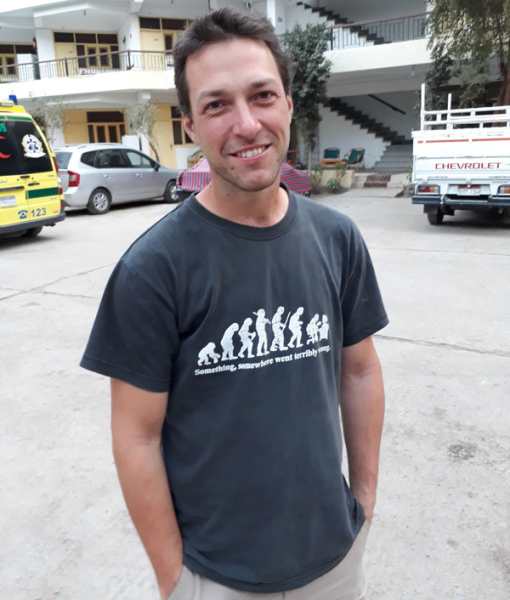
I’ve travelled to 21 countries on this continent, mainly with TDA, except for Tunisia that I had visited previously and I had worked in Senegal for 3 months in 2004. I was lucky to work on the flagship tour of TDA (the Tour d’Afrique) in 2017 and I did the scouting with Sharita for West Africa en Vélo in 2016. I’ll be the tour leader for the latter one this year for its first edition.
When one thinks about Africa in general, one thinks about the poverty and harsh living conditions that can prevail there. One thinks about all the images of droughts and people suffering from malnutrition thrown at us by NGOs working there. But Africa is rich in natural, cultural and human diversity. Africa and its inhabitants deserve to be known and I’m sure you’ll be amazed by this continent.
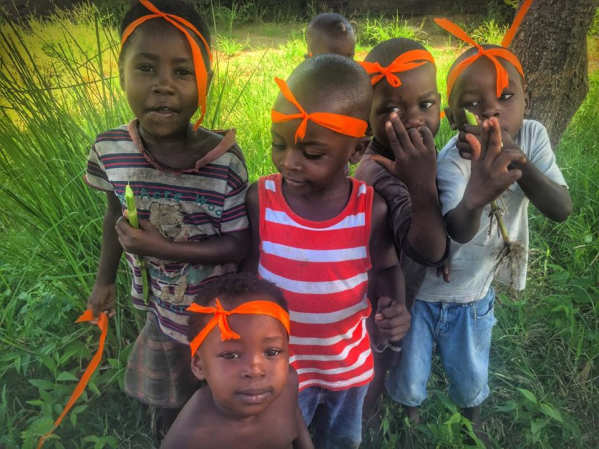
In Eastern or Western Africa, children will run to you with a big smile and will greet you by waving their arms or with local words like “Toubab” in Senegal, “Foté” in Guinea and “Mzungu” in Tanzania. People are very curious to meet you. You might get bored acknowledging everyone, but remind yourself that for every one of them it’s a great joy to see you and it’s fun to reply the same way and see their sparkling eyes and hear their genuine laughs.
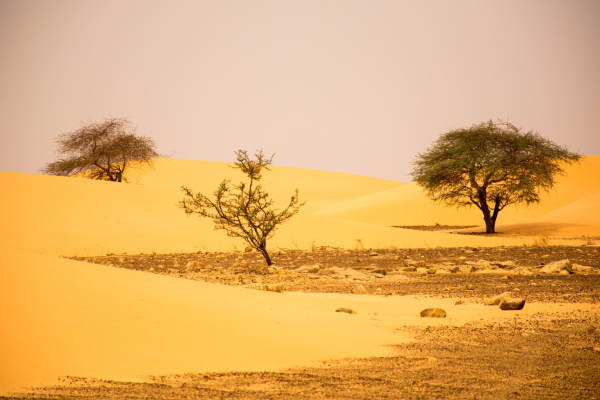
On both sides of the continent, you can experience life in the desert. Vast and flat spaces stretching as far as the eye can see and the most starry nights you’ll ever see in your life. You’ll be in the desert in Egypt and Sudan on one side and in Morocco and Mauritania on the other. Even though it’s the Sahara spreading all across North Africa, the landscapes are of similar kinds. On the west coast you’ll see sand dunes and meeting points between the desert and the ocean. On the east side, the desert is more rocky. Nevertheless, camels call it home in both parts.
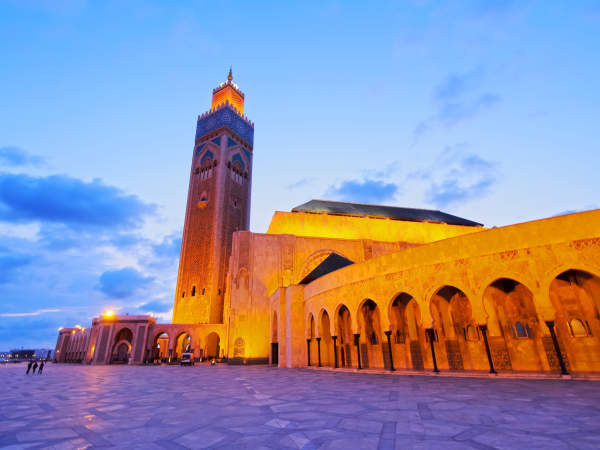
A major difference between both tours is the ocean’s proximity that we find on the West side. On the Tour d’Afrique route, we pass by the Red Sea in Egypt and it’s only at the end in South Africa that we reach the Atlantic Ocean. In West Africa, there’s a more intimate contact with the ocean. Only in Guinea do we not see it. The journey starts in Casablanca, next to Hassan II mosque, half of which is built over water. The second rest day is in Agadir, situated next to one of Morocco’s finest beaches.

All along Morocco and Western Sahara, we will glance at different beaches and high cliffs overlooking the sea where the occasional fishermen throws a line 50m down, hoping for a good catch. In Mauritania, we can swim in Nouakchott, the capital. In Senegal, we are riding a few days on the beach at low tide and we spend 3 days in Dakar, a city surrounded by water. Freetown, in Sierra Leone, is at the tip of a peninsula that we circumnavigate on our bikes. The last four days of the journey, in Ivory Coast and Ghana are entirely by the seaside. For sure, the ocean is going to be the background of many of your travel pictures. And for this reason, fish is quite common on local menus on this route.
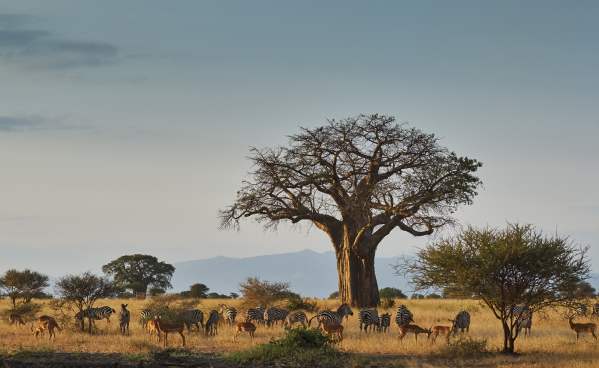
In East Africa, the uniqueness is found in the exotic animals we see from Kenya to Botswana regularly. You’ll be quite familiar with zebras and elephants by the end of this trip. In Namibia, you can go to a restaurant and taste most of these exotic animals. On the other hand, in Guinea, you’ll see people eating rats and various roadkills… yours to try at your own risk! Regarding the culinary aspect, there’s a healthy competition on both sides. Morocco’s tagines, kebabs and royal couscous, Senegal’s mafé, tié bou djien and yassa poulet and Guinea’s different sauces can compete with Egypt’s humus, Sudan’s foul and Ethiopia’s wat and injeras.
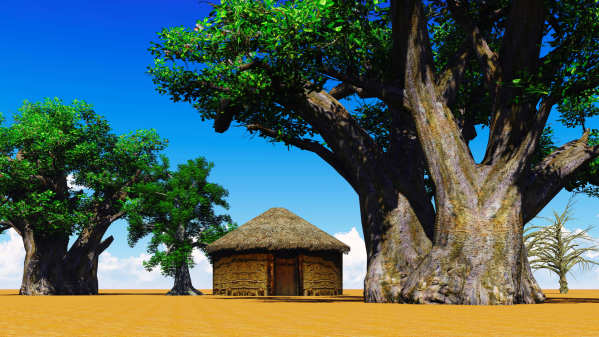
On the Eastern side, you might spot a few baobabs, but in Senegal they are legion and some of them are big enough to hide someone inside their trunks. We see so many palm trees from Ivory Coast to Ghana, that we called that section the Coconut highway. In Guinea you will see waterfalls spilling out from the high uplands, but they are not comparable to Victoria Falls in Zambia.
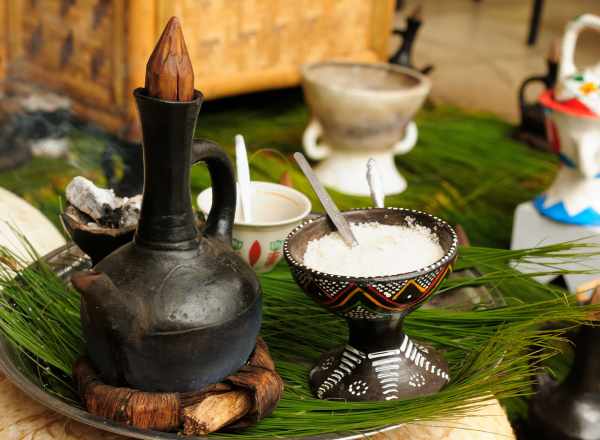
Ethiopia is famous for its delicious coffee and the way it’s served, the jebena buna. The beans are roasted on a charcoal and incense bed, ground and infused in front of you. Arbol, the first cup, is supposed to be the most full-bodied and the best at the same time. The second cup, named Tona, is made with the remaining beans used for the first one, so it’s slightly less strong and finally, the third cup, Beraka, is “the coffee to go”, the one that we take before leaving the table. You’ll experience the equivalent of this with the green mint tea in Senegal. Quite often you can see a group of friends meeting at the beach to drink tea and they are inviting people passing by to join them. Senegal is not called the country of Téranga (hospitality) for nothing! Serving tea is also a three folded operation. The first glass, called Leweul, is bitter like life. The second, Niar, is sweet like love. The third glass, Niet, is light ‘like the breath of death.’
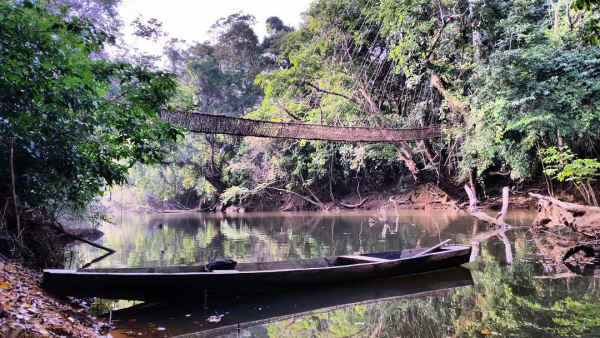
Architecture is more impressive on the eastern side with Egyptian and Sudanese temples and pyramids. On the other side, in Senegal and Guinea, you’ll witness an authentic, ancient architecture used to build round houses made of clay and hay, called ‘cases’ in French. In Guinea, once again, you can admire the handwork needed to assemble a vine bridge near a village where we’ll be camping. That bridge is rebuilt each year by the locals and requires 3 weeks of hard work.
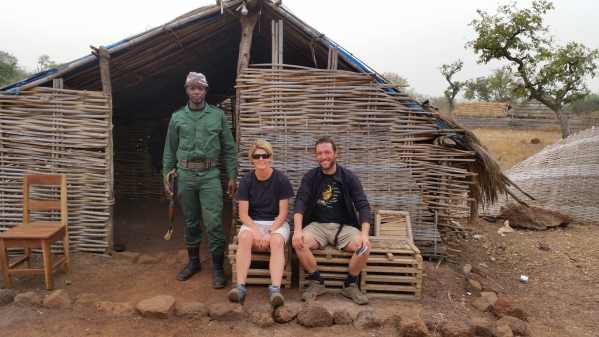
The customs offices differ greatly from one another. Forrest Gump would say not only life, but also customs in Africa is like a box of chocolates, that you never know what you gonna get! Always bring a lot of patience and a good sense of humour in your back pocket, otherwise the crossings would become painful. I think the biggest contrast is between the Namibian customs with its AC and concrete walls and the Guinean customs which consist of a wooden hut in the bushes with plastic bags on a chain to mark out the border. It’s only when crossing the ‘No Man’s Land’ between Western Sahara and Mauritania that I fully understood the meaning of this expression. I really had the impression it was a lawless territory where anything could happen: it’s a bumpy road over a kilometer long and it seems to change its course every month. There are random people fixing old cars to be resold in the neutral zone and there are warnings to not leave the “road” to avoid running over an anti-personnel land mine!
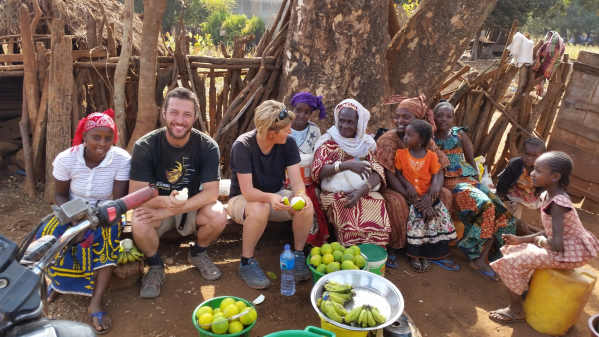
In West Africa, you’ll have good conversations with locals in English (in Sierra Leone and Ghana) and in French (Morocco, Mauritania, Senegal, Guinea, Ivory Coast), which deepens the journey and makes it more interesting and remarkable. In East Africa, it is difficult to even speak for more than one sentence in English to locals until we reach Malawi, which leaves a superficial feeling for local interactions in the first half of the trip. From Malawi though, things get better and you can speak in English with the locals until the end.
So that’s it, it was only a short comparative look, by no means an exhaustive one, about some similarities and differences of the countries on both African coasts.
 REGISTER NOW
REGISTER NOW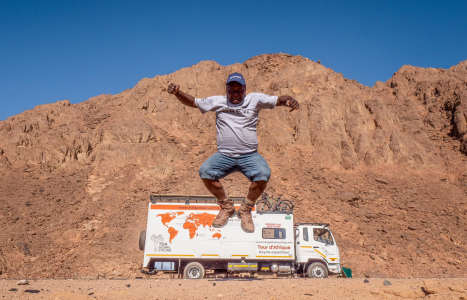
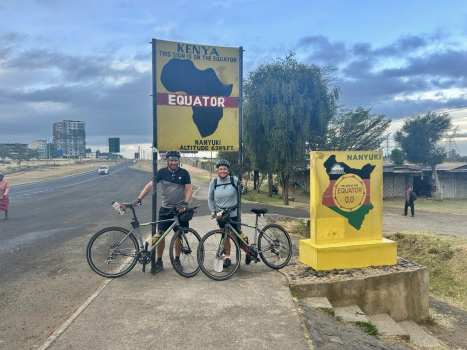
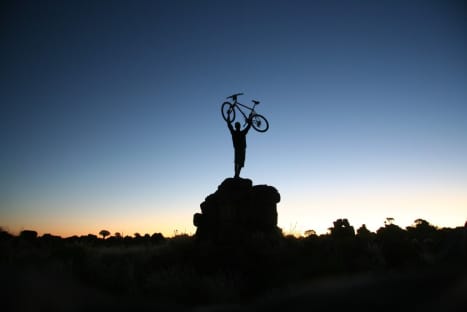

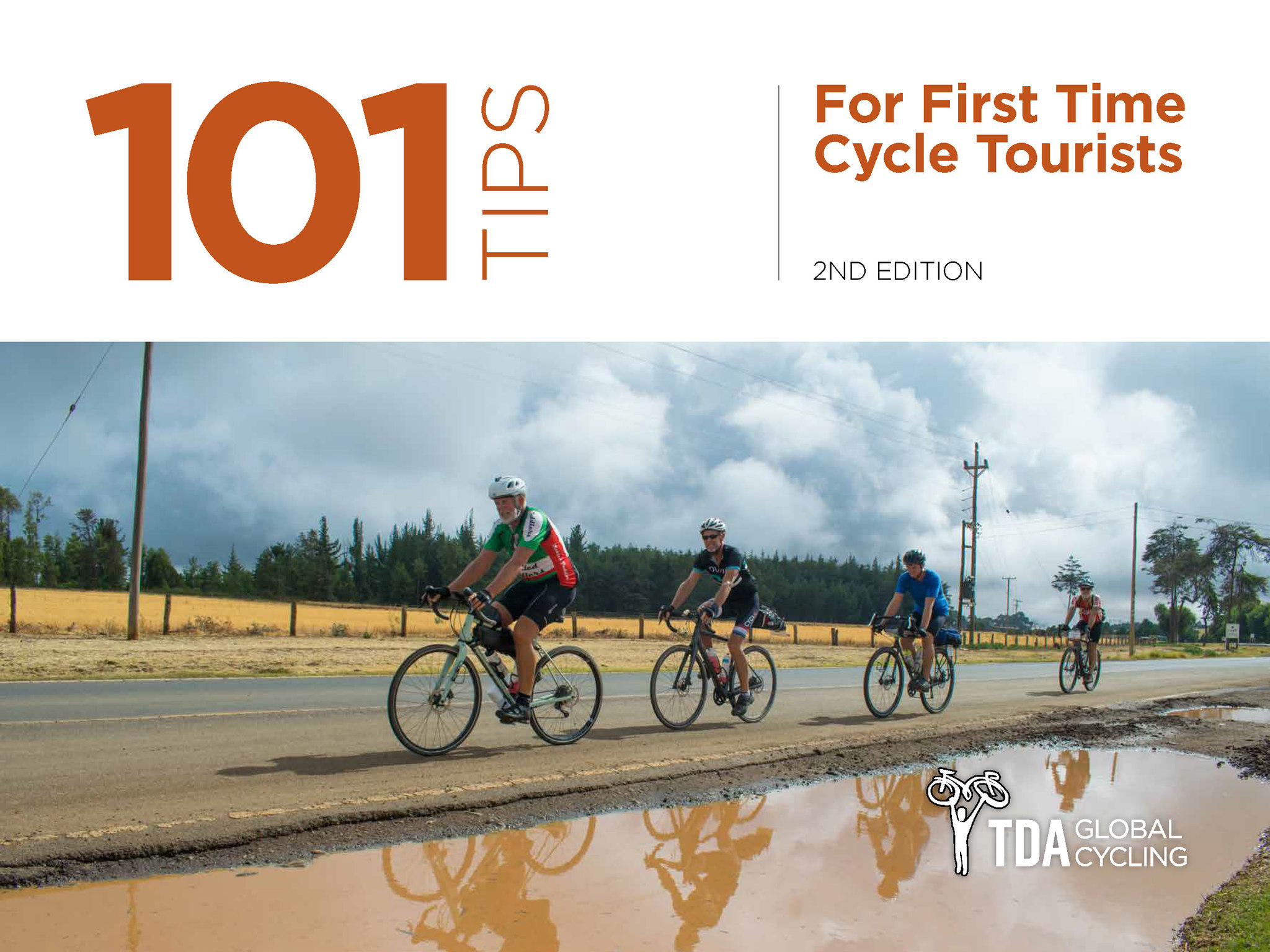
Leave a Comment for "Africa: East & West/Tour d’Afrique & West Africa en Vélo"